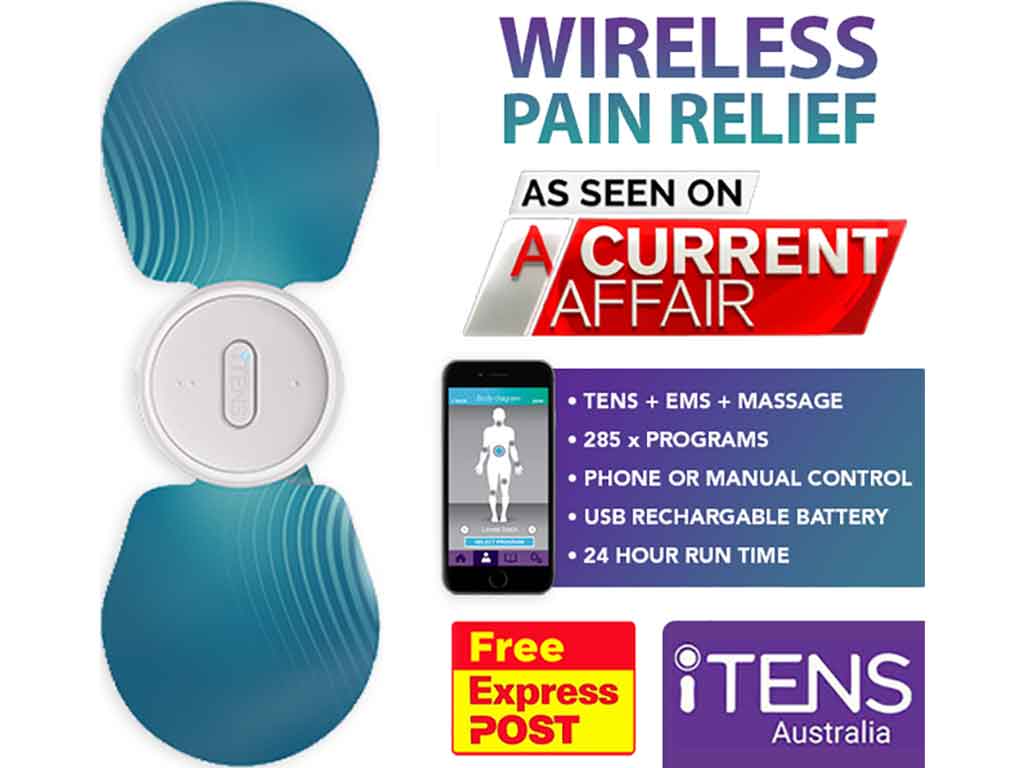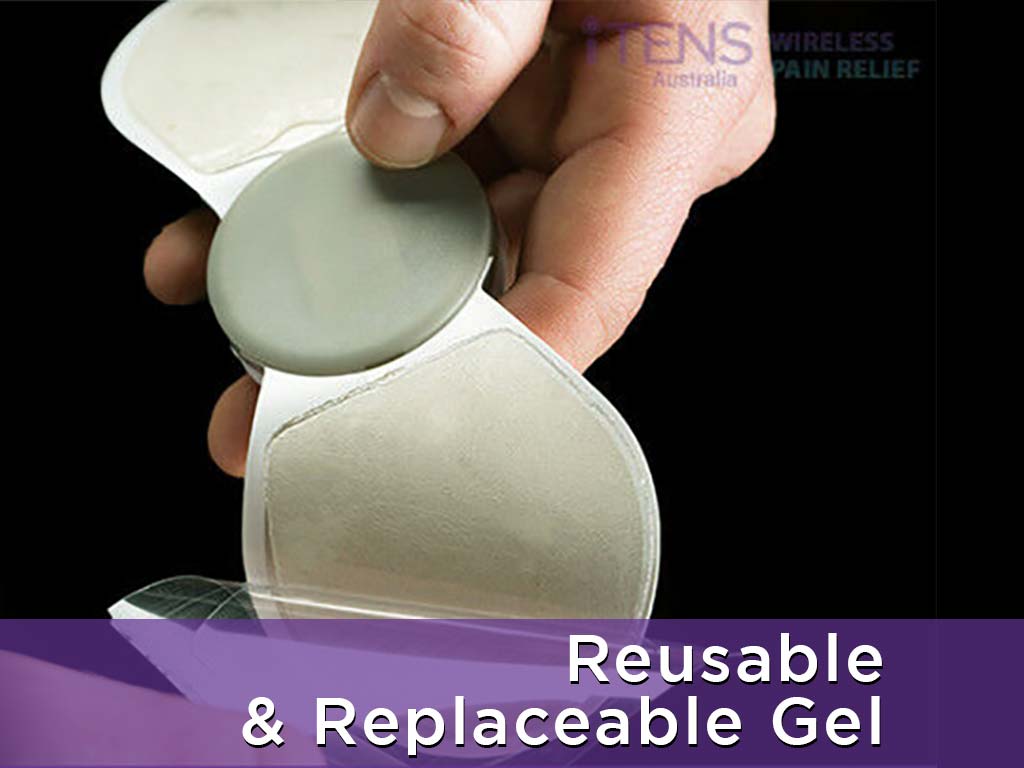
When it comes to managing pain and swelling, individuals may find themselves faced with the choice between Transcutaneous Electrical Nerve Stimulation and Interferential Current or TENS and IFC therapies. TENS involves the use of low-voltage electrical currents to stimulate nerves and reduce pain. On the other hand, IFC utilises higher-frequency electrical currents to target deep tissues. The decision between the two ultimately depends on the specific nature of the pain and the desired health outcomes.
Pain management includes oral medications, physical exercise, and electrotherapy. Most people take analgesics because it is accessible and affordable. But sometimes, medications may not be enough. Oral painkillers also have the risk of developing adverse side effects in long-term use. In exploring alternative methods, clinical trials have highlighted the effectiveness of all-natural and toxic-free approaches, such as IFC and TENS. This article provides an overview of IFC and TENS therapies, including their differences.
TENS vs IFC – A Closer Look at TENS
TENS and IFC are both types of electrotherapy. The TENS is a non-invasive and drug-free method of pain relief. It uses a portable device to stimulate the nerves through electrical impulses. TENS treatment is commonly used in pain clinics and physical therapy centres to help people with acute or chronic pain. The electrical stimulation helps to disrupt the pain signals, providing temporary relief.
The effectiveness of TENS therapy can vary from person to person. While some individuals may experience significant pain alleviation, others may find it less effective. Moreover, the analgesic effects of TENS can last for up to four hours. Some may also use the device in combination with other treatments to further reduce the severity of the pain.
Furthermore, the TENS machine consists of a remote control that allows adjustment of settings. It connects to adhesive electrode pads that deliver mild electrical pulses on the skin of the target area. Likewise, it comes in two main types: the standard (wired) and wireless TENS machines. They are available over the counter or in online stores.
Main Benefits of Transcutaneous Electric Nerve Stimulation Therapy
- It provides symptomatic relief for both chronic and acute pain conditions, contributing to enhanced quality of life.
- TENS is a non-invasive therapy that does not require incision or surgery, making it relatively safer.
- It allows people to reduce their pain medication intake, offering an alternative method for pain control.
- TENS units are portable and easy to use, allowing users to self-administer therapy in the comfort of their homes.
- TENS therapy can help promote muscle relaxation, which can be beneficial for individuals with muscle-related pain.
- The electrical currents from TENS may enhance blood flow in the treated area, potentially promoting faster muscle recovery.

TENS vs IFC – A Closer Look at IFC
Both TENS and IFC use electric currents to modulate pain perception as their fundamental principle. IFC is a type of therapy that can reduce pain severity and improve overall function. It works by using two medium-frequency currents that intersect and interfere with each other, resulting in a therapeutic frequency that can effectively target pain levels.
Additionally, the frequency currents in IFC can penetrate deep into the tissues. This penetration allows for more targeted and effective pain relief compared to other forms of electrical stimulation. As a result, people may experience a significant decrease in pain and an improvement in their ability to move. This can be beneficial for patients with muscle and bone injuries, arthritis, or similar conditions.
Overall, IFC is a non-invasive and relatively comfortable treatment option for managing pain. By utilising intersecting currents to target specific areas of pain, users may experience significant relief. This approach can lead to improved function, allowing them to better engage in their daily activities.
Main Benefits of Inferential Current Therapy
The treatment effects of IFC have been supported by systematic reviews, showing positive effects in managing pain and improving health outcomes. Additionally, IFC utilises a carrier frequency to penetrate deep into the tissues, producing a strong physiological effect. Moreover, IFC is a Dual Channel therapy, allowing for precise control of current intensity and targeting multiple areas simultaneously.
Another benefit of IFC is its ability to reduce edema or swelling, which often accompanies mechanical pain. By helping to alleviate edema, IFC contributes to the overall management of pain and inflammation. Furthermore, it can effectively target and alleviate specific areas of pain and discomfort.

Summary of the Main Differences Between TENS and IFC
TENS and IFC differ in how they deliver relief. TENS uses a portable device sending electrical impulses through adhesive electrode pads on the skin. It disrupts pain signals temporarily, offering relief for up to four hours. However, its effectiveness varies among individuals, and it comes in two types: standard (wired) and wireless machines. These are accessible over the counter or online.
On the other hand, IFC operates by intersecting and interfering with two medium-frequency currents, creating a therapeutic frequency. Unlike TENS, IFC penetrates deep into tissues, providing more precise and effective pain relief. The interference of currents enhances its ability to reduce pain severity and improve overall function. This offers patients a significant decrease in pain and an enhanced capacity for movement.
In essence, the main difference lies in their mechanisms. TENS focuses on disrupting pain signals through surface-level electrical impulses, offering temporary relief and variability in effectiveness. Meanwhile, IFC employs intersecting currents that penetrate deep into tissues. This provides targeted and efficient pain relief with a particular emphasis on improving overall function.
Which One to Choose?
People may choose TENS therapy if they are seeking relief from surface-level pain or discomfort. TENS is effective in targeting superficial nerves, making it suitable for conditions like muscle soreness, minor injuries, or localised pain. Its non-invasive nature and ease of use make it a preferred option for those looking to manage milder, surface-related discomfort.
On the other hand, individuals may opt for IFC therapy if they are dealing with a deeper-seated pain type. IFC utilises a deeper penetration of electrical currents, making it more suitable for conditions that require stimulation at a greater depth within the body.
Conclusion
In conclusion, when comparing TENS and IFC for pain relief, both utilise electric currents for pain modulation. TENS, with its portable device, disrupts pain signals temporarily, and its effectiveness varies. IFC, employing intersecting currents, penetrates deep tissues. Both therapies require proper electrode positions to improve the physical function of an individual. Users may consider TENS for versatility. Alternatively, they may opt for IFC for deep tissue penetration. The choice can be tailored based on individual needs for optimal pain management.
In general, both therapies offer similar benefits for individuals suffering from chronic or acute pain. Firstly, they provide pain relief, improving the overall quality of life of users. Secondly, they are a non-invasive and safe alternative to surgery or incisions. They allow individuals to reduce their reliance on pain medication, offering a more natural method of pain control. However, it is important to speak to a healthcare professional before deciding on the most suitable form of electrotherapy.







